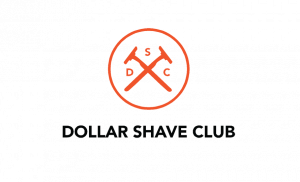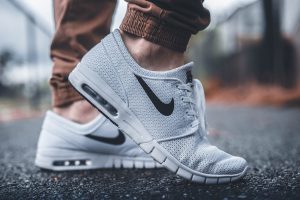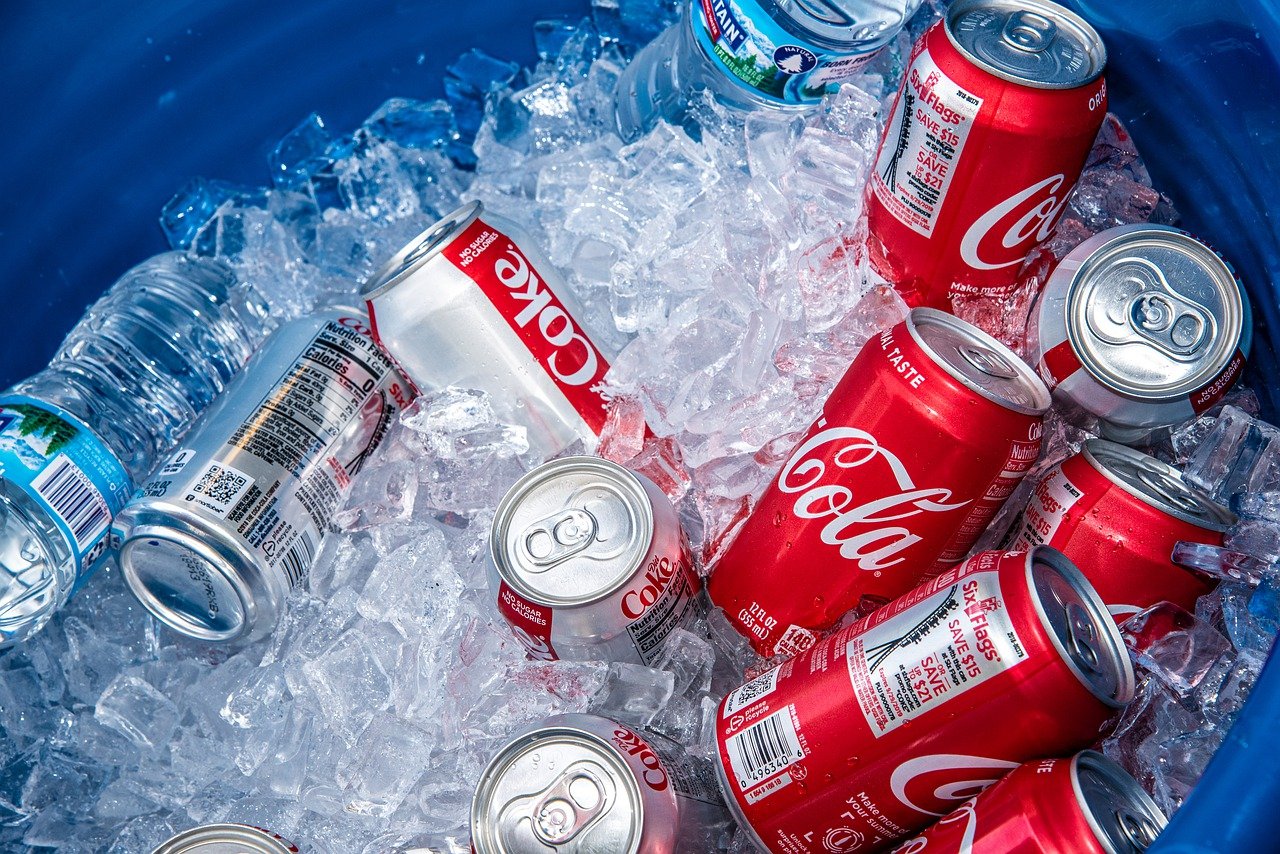What gives a brand its super powers in the highly competitive market to which it belongs? Well, it’s definitely got a whole lot to do with quality, price, availability… but the most important factor that separates the wheat from the chaff is branding.
Branding is one of the most vital tools in marketing, in fact it might be the ultimate decider in choosing one product over the other. Brand positioning can be defined as a unique method of capturing consumer emotions; in the sense that a certain brand is the first to come to mind every time a product in its niche is mentioned.
Let’s play a little game…
- What brand do you think of when toothpaste is mentioned?
- What brand comes to mind when deodorant is mentioned?
- And lastly, which brand pops into your head when someone mentions denim wear?
Even though there are quite a few brands associated with these products, it’s likely that our answers will be identical and if not identical; our answers will be direct competitors to one another.
Our connection to the brands we associate with is quite a meaningful relationship. Some consumers opt for quality products, using Colgate, Axe and Levis Jeans as their go-to. Others might be more concerned with price or environmental impact; instantly thinking of their own staple products such as; georganics, nuud and, finally striking a match with Levis Jeans – one of the world’s biggest denim brands, that also happens to support sustainable concepts.
But what gives these big names such a great brand positioning? It’s all in their strategy.
Here are 8 reasons why great brands succeed in their marketing techniques:
- They are relevant to the market and understand the customers’ needs.
- Their messaging is clear, structured and focused.
- There’s a unique trait that defines them in the market.
- Their products are desirable and fashionable.
- They deliver what they promise to the consumer market.
- They have functional points of difference from their competitors.
- They have recognisable feature differences in tier products.
- They are validated and promoted by their target market.
Following these guidelines means that brands are able to dominate the market and this allows consumers to understand why they should choose you over their competitors in the market. Here are 5 of the world’s biggest and most recognisable brands on the market.
Tesla

Everybody knows Tesla as the luxury electric vehicle brand with innovative technology and a CEO to top the charts; Elon Musk. Tesla is quite a substantial amount more expensive than its competitors but its brand image gives it the power to do so.
Positioned as a leader in long-range, eco-friendly and electric vehicles, Tesla is top of mind in the luxury car range; all the other details are added bonus features. While the entire market of EV find ways of boasting how environmentally friendly they are, Tesla portrays the message of, ‘that’s obvious, we’re so eco-friendly, we’re not even going to talk about that’.
Even though the CyberTruck launch may not have gone according to Musk’s plans; the EV still sold 20,000 pre-orders. So a small hiccup, followed by Musk’s comment saying ‘it still needs work’, didn’t stop the brand from dominating. That true brand positioning.
Apple

If brand positioning were a god, Apple would be our one and only. Apple’s brand positioning strategy is one of, if not the, strongest in the world. The only people who do not support or talk ill of Apple technology, most probably, can not afford their luxury products. Even though Apple never includes price in their branding – this is a strategy that most luxury brands use.
Apple’s textbook branding is based on the products beautiful, innovative and high-function products that connect together seamlessly. Really? What more could you ask for? But Apple also instigates a sense of self-recognition with their brand, suggesting that people who use their machines are creative, imaginative and innovative themselves.
Apple is compared to Android and Microsoft day in, day out – and it’s not that the products are ‘better’, it’s that Apple’s brand positioning is targeted towards those who are looking for image and quality. They’re often attacked for their frequent release of updated products, but the truth is every iCentre is packed with people the day of every product launch.
Dollar Shave Club

Contrary to Tesla and Apple, the Dollar Shave Club is a brand focused on their low cost values. The Dollar Shave club is one of the world’s coolest concepts that targets the modern world’s biggest niche: hipsters. If you think about shaving brands, you’re probably going to immediately go to Gillette and Venus – but their ‘cool’ element in brand positioning is totally non-existent compared to DSC.
The Dollar Shave Club uses a brand positioning strategy that is relatable, using average looking models to present their items, they use humour, convenience and affordability as their go-to superpower and it really works.
The way that The Dollar Shave Club works is similar to other membership-run companies like Netflix, Spotify, Blinkist and others; it’s based on subscription and commitment. This brand positioning strategy keeps its market in constant connection to the brand; creating packages that stock you up and discourage you from using competitor brands all the while being affordable and effective. Clever.
Nike

Nike vs Adidas vs Reebok vs Yeezy… and the list can go on and on. Nike has a starting point like no other brand, and their focus on performance and innovation is what drew them in to the leaders in their target market – athletes.
Nike is named after the Greek Goddess of Victory (hence the different pronunciation variations of the brand name); so the initial thought of the brand is success. Their ‘Just Do it’ tagline beefs that up even further and their models add even more value to the brand by demonstrating their ability and not just a happy face.
Nike’s brand positioning is one that promotes focus, determination and success and serious athletes are drawn to the brand like bees to honey. But non-athletic users are also consumed by the brand; their stylish designs and comfort are an added bonus to the brand’s image.
Coca-Cola

The arm wrestle between Coke and Pepsi will probably never die. Coca-Cola is a magical brand that somehow makes people happy, gives them a reason to smile and even fuels the great Santa Claus to deliver presents on Christmas Eve – what more could you ask for?
Coca-Cola’s brand position is quite straight forward: Coke is superior to Pepsi and any other soft-drink brand out there. Coca-Cola has the ability to energize your body, lift your spirits and make every meal better.
The brand positioning strategy for Coca-Cola is based upon the concept that Coke is ‘The Real One’. And every variation the company creates is an alternative to the original, with Coca-Cola Vanilla, Cherry or Zero as a branch off the super-mother-brand.
Branding is an art – and it takes a village to get a great brand to where it’s standing. Think of the competition in any industry, where two or more giants battle it out; for example McDonald’s vs Burger King in the fast-food industry, PlayStation vs XBox in the gaming world, Fender vs Gibson in the guitar scene, Revolut vs TransferWise; the list can go on and on.
Great brand positioning depends on strong captivating visuals, clever copy, optimised digital marketing and a whole lot of time, commitment and dedication. If you’re looking to boost your brand’s image and become a leader in your market; get in touch with the branding experts at 4Sight for your chance to dominate the market.

